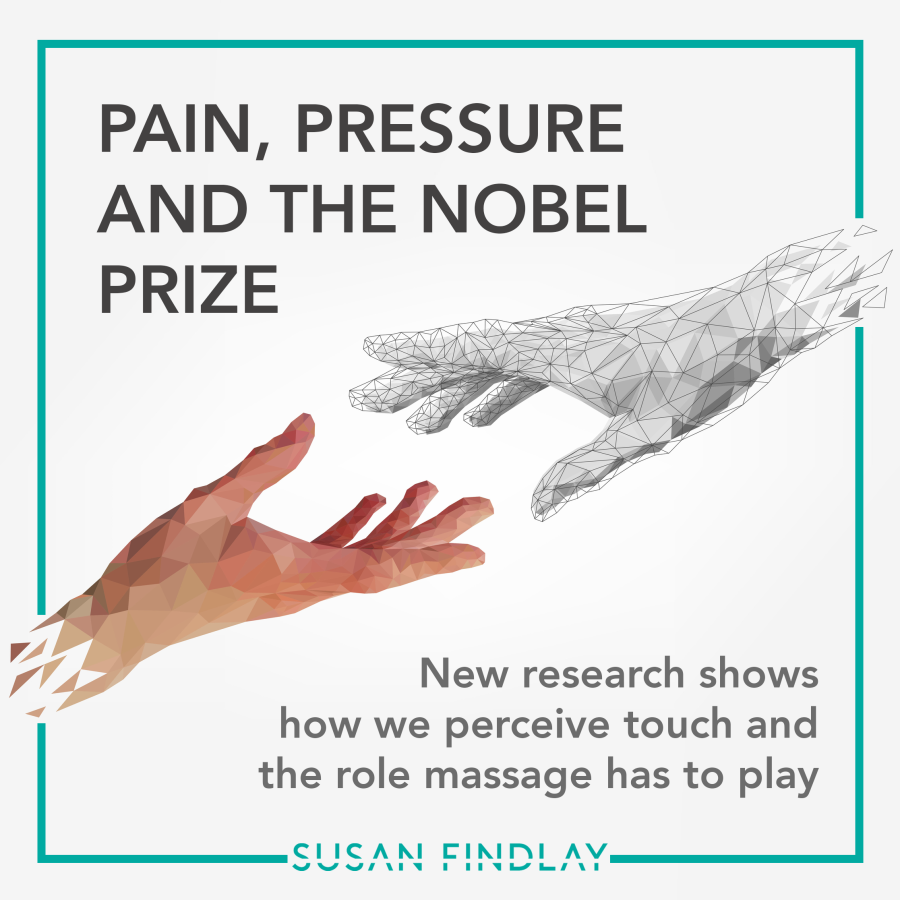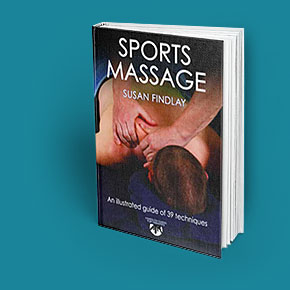Touch is one of our fundamental senses. We love to touch things – soft fabrics, furry pets, other people – but scientists had struggled to understand our sense of touch until recently. They understood that our nerves play a role, but not how receptors sense heat and cold.
However, this understanding was recently deepened by researchers Ardem Patapoutian and David Julius. Their work into how the human body senses touch won them a Nobel prize in October 2021 and revealed how the human body responds to temperature and touch.
New Discoveries
Patapoutian and the Scripps Research Institute discovered two proteins which affect touch and sensation and act almost as switches that send a message to the brain. These proteins, named Piezo1 and Piezo2 tell our brain what is hot and cold and help us sense the pressure of touch.
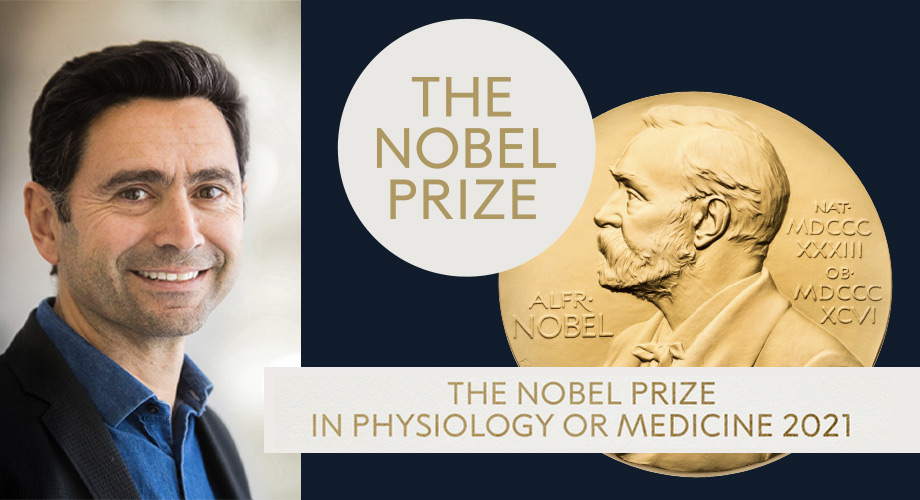
Piezo2 is a primary sensor for pressure and touch. Without this vital protein we couldn’t feel somebody brush our hand, in turn affecting how we sensed our bodies. Research has shown that mice without Piezo2 proteins lose most of their touch sensation and it exemplifies how reliant our sense of touch is on this one protein (1).
The discovery of the protein was facilitated by using a compound from chilli peppers and has many interesting implications for future work. Scientists speculate that the findings will be vital for developing painkillers and medication in the future but I propose it is equally important for fine-tuning hands on therapy, evaluating the plethora of techniques that we use, this might explain why some techniques work better than others.
Proprioception
The discovery of Piezo2 is also helping scientists understand proprioception. This is the sense of our bodies in the world and is sometimes known as the sixth sense.
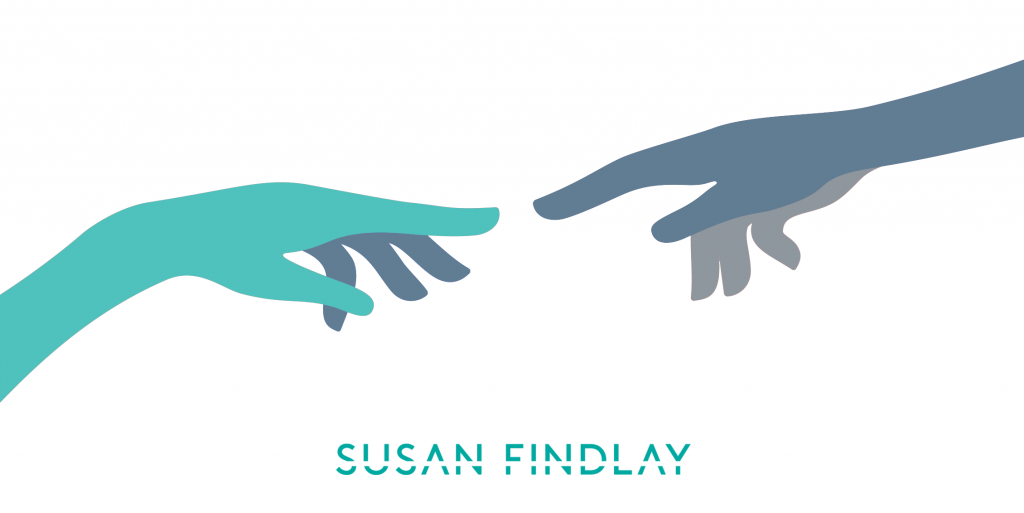
This concept allows us to sense our bodies without seeing them – for instance, when you close your eyes and reach for an object in front of you, proprioception guides your hand and intuition.
Knowing where your limbs are and being able to reach for things with your eyes closed is a sense that many take for granted. It is a sense that can’t be turned off, unlike sight, smell, and hearing. However, some people lack this basic sense, and are unable to grasp a cup when their eyes are closed. A lack of the Piezo2 protein can cause a lack of proprioception and sensing the body can be incredibly difficult. One person described feeling lost as soon as their eyes were closed.
Massage can help those who may not have a dominant sense of proprioception.
Receiving a massage can help them get in touch with their bodies and release tension that they did not know they were holding. Many clients come away feeling lightness where there was once tension, but they didn’t realise their proprioception was so used to it.
The Power of Touch
Massage is rooted in the sense of touch. Without it, there would almost be no point to the profession! Achieving a greater understanding of how touch is sensed is vital to developing our practice.
As the evidence shows, Piezo2 is responsible for all of the pleasurable sensations that our clients feel during a massage. Both Piezo2 and its close relative, Piezo1, work as gates in cells that let ions through and are particularly sensitive to tension. Scientists think that the Piezo proteins affect pores in response to tension and heat, a hypothesis that is yet to be tested.
The power of touch mustn’t be underestimated. Touch is crucial to our development as infants; skin-to-skin contact with our caregivers supports brain development and promotes our overall well-being (2). Even as adults, touch benefits our mental health. Massage can stimulate our parasympathetic nervous system and decrease the stress hormones such as cortisol and adrenaline in the system, leading to reduced anxiety and stress.

Touch is so important to humans that some have labelled the skin the third brain (behind the digestive tract as the second brain). The skin allows us to sense touch, contains many environmental sensors, and generates a wealth of neurotransmitters that influence our physical and emotional state.
Massage, Touch, and Heat
A deeper understanding of how the human body senses touch and heat opens new doors for massage therapists. Heat provides an additional layer to massage and has many proven benefits that can help clients with flexibility and relaxation. Inflexible muscles and soft tissue are a significant source of pain and combining heat and massage can help people regain a greater range of motion.
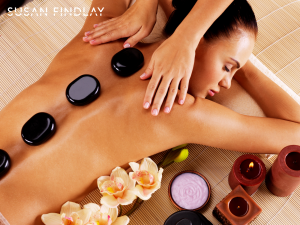 Heat also dilates the blood vessels, allowing blood to flow easily in the body and increasing oxygen flow. Research has also found that combining heat and massage relaxes the autonomic nervous system, decreasing cortisol levels throughout the body (3).
Heat also dilates the blood vessels, allowing blood to flow easily in the body and increasing oxygen flow. Research has also found that combining heat and massage relaxes the autonomic nervous system, decreasing cortisol levels throughout the body (3).
Heat and massage have been combined for thousands of years. Hot stone massage has been traced 2,000 years back to China, where heated stones were used to improve the function of the internal organs.
Conclusion
Understanding how touch and heat are felt in the body allows massage therapists to deepen our understanding of our craft. The discovery of the Piezo proteins is a fascinating advancement in science that can help us to understand how our clients sense touch and heat.
Piezo2 also plays a major part in proprioception – the sense of our bodies. Without it, people can lose track of their bodies, and could be unable to tell where their arms are when their eyes are closed. Even with it, people can be unaware of pain and tension within the body if they grow used to it.
A greater understanding of touch and proprioception can improve our work as massage therapists and help provide our clients with a more informed and effective treatment.
References
1. Ranade, Sanjeev S et al. “Piezo2 is the major transducer of mechanical forces for touch sensation in mice.” Nature vol. 516,7529 (2014): 121-5. doi:10.1038/nature13980
2. Phillips R., MD, IBCLC, FAAP, Uninterrupted Skin-to-Skin Contact Immediately After Birth. NAINR, 2013; 13(2):67-72.
3. Lee, Young-Hee, Bit Na Ri Park, and Sung Hoon Kim. “The effects of heat and massage application on autonomic nervous system.” Yonsei medical journal 52.6 (2011): 982-989.
